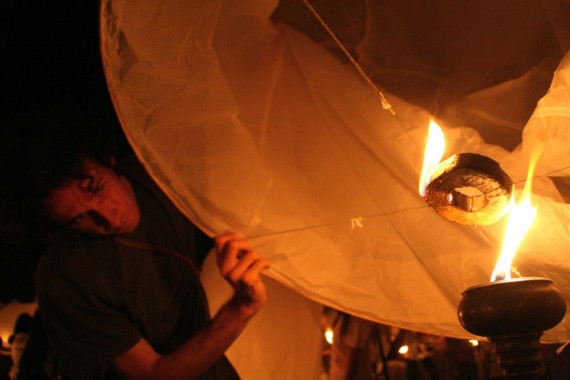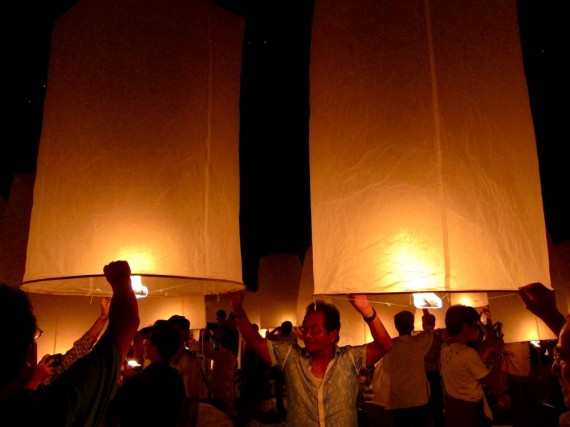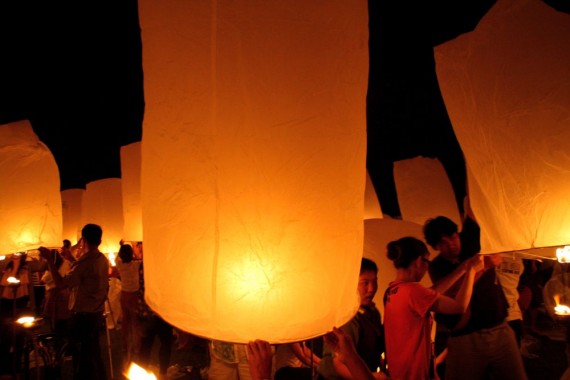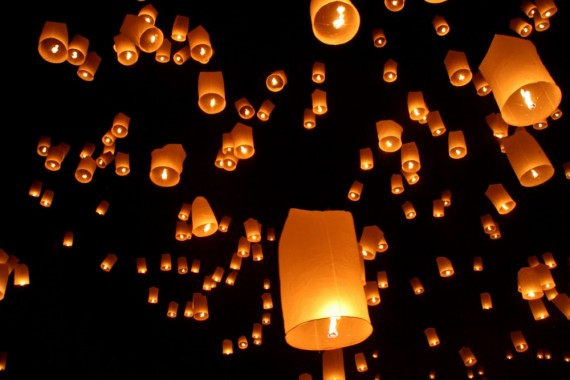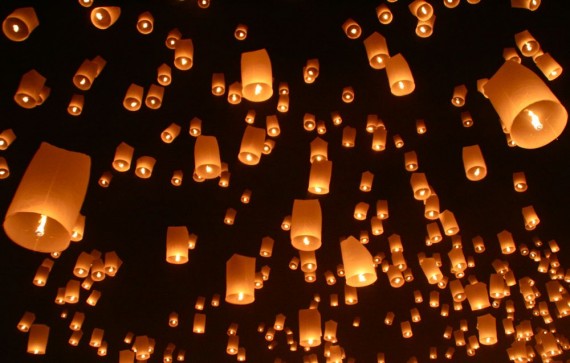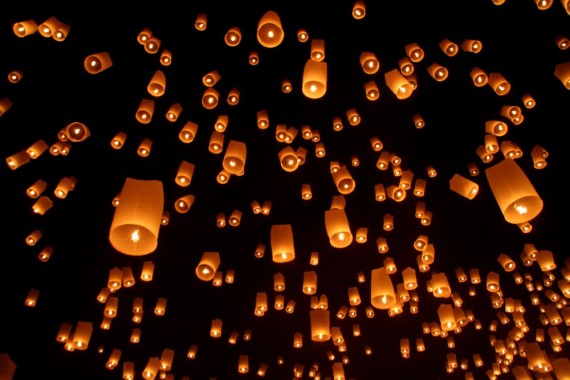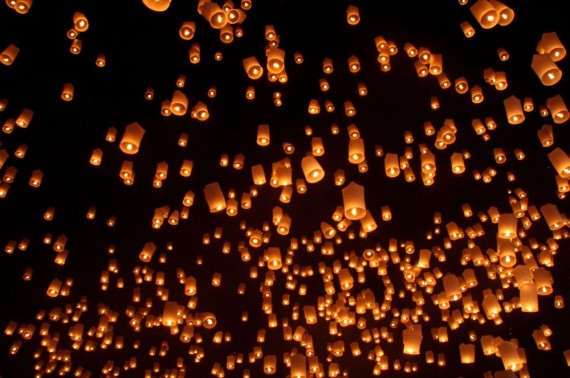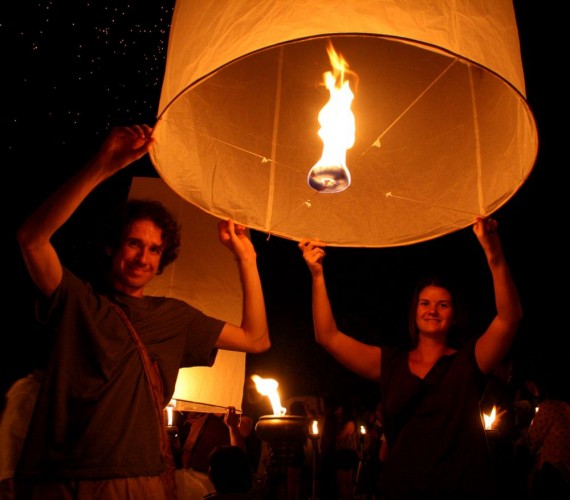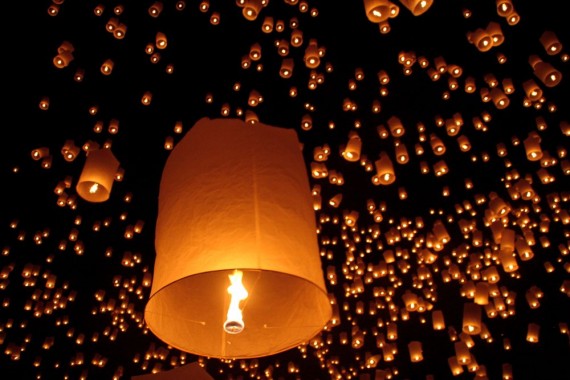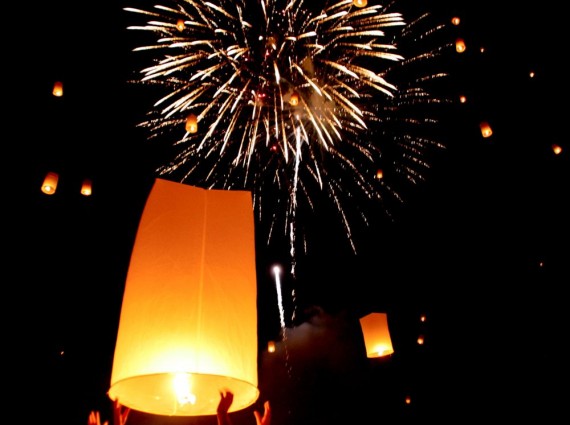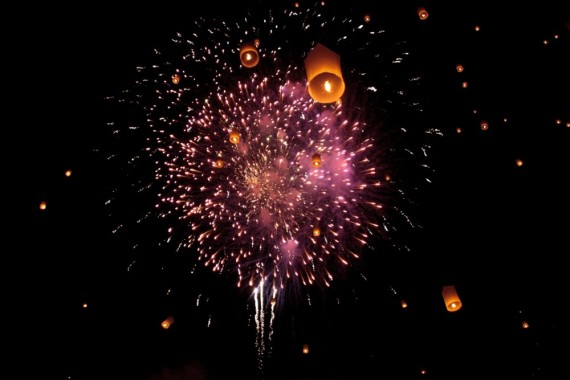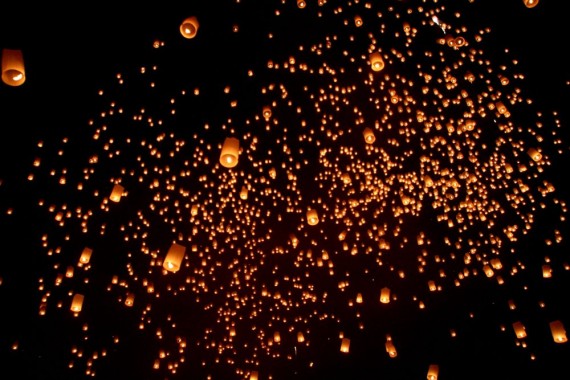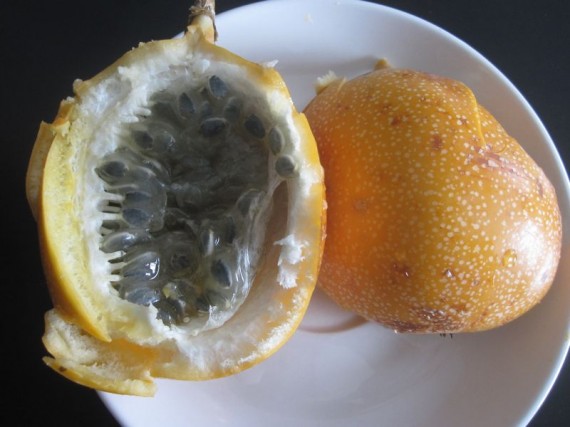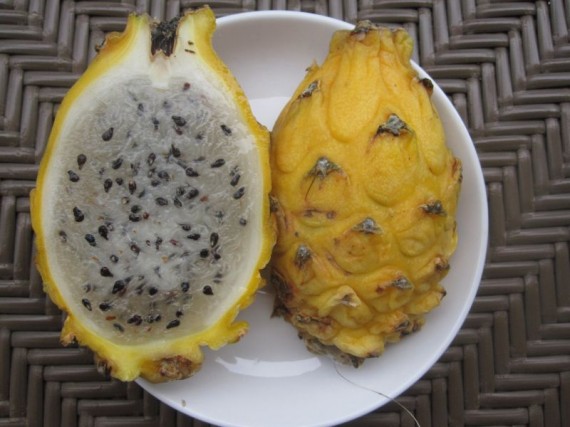
Us at La Cuesta del Obispo while road tripping in Northwest Argentina
Last Tuesday we celebrated one year of travelling (and 10 days before that our blogoversary), all but four days of which were spent in South America. It’s an important milestone for us, as when we left the UK we had
saved a years worth of travel funds to give us the chance to make Simon’s
Line In web design business work. If we couldn’t make the digital nomad lifestyle sustainable after a year we planned to head to Asia to teach English.
Luckily we haven’t had to eat too much into our savings and we are nearing the point of breaking even each month. Our never ending voyage is set to continue – we have just moved onto Central America and have
plans to visit Europe and North America in the summer.
It hasn’t always been easy (I’ll write about the challenges we’ve faced in the next post) but we have had many memorable experiences, and we don’t regret leaving at all. Here are our highlights of a year spent travelling as digital nomads in South America, visiting Brazil, Argentina, Paraguay, Bolivia, Peru and Colombia.
Santa Teresa, Rio de Janeiro – Brazil
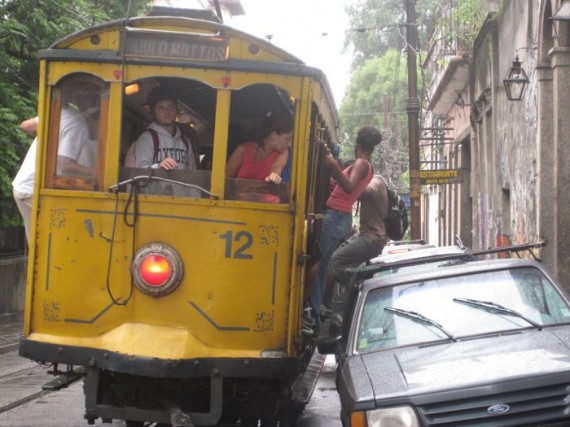
Bonde (cable car) in Santa Teresa
We had a
bumpy start to our new life arriving in Rio, but we were quickly won over by the charms of the
Santa Teresa neighbourhood. Cobblestone streets, colourful graffiti and quiet plazas were much more our style than the high rises and busy beaches of Ipanema and Copacabana.
Ilha Grande – Brazil
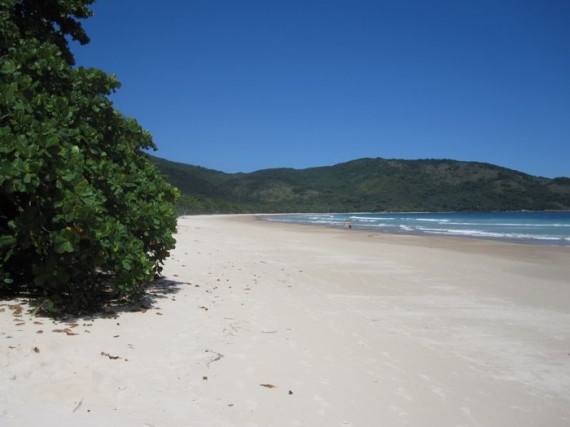
Lopes Mendes beach, Ilha Grande
Unbelievably in a year in South America we only visited the beach once. We spent our first week on the island of
Ilha Grande getting into the swing of the digital nomad lifestyle and avoiding the cruise ship crowds by trekking through the jungle covered hills to discover waterfalls and long stretches of white sandy beaches. We would have stayed longer but we were shocked by the prices and there’s no WiFi.
Buenos Aires – Argentina

One of many cafes in Palermo Soho
We spent two months in
Buenos Aires studying Spanish and attempting to learn Tango. It’s our favourite city in South America and the one place we’d definitely like to return to. We loved the graceful architecture, excellent
vegetarian restaurants, ice-cream by the half kilo (the best outside of Italy), huge parks, unique music scene, many galleries, and the funky Palermo Viejo neighbourhood.
Learning Spanish
My favourite thing about Latin America is that Spanish is spoken almost everywhere. It’s a fantastic opportunity to travel for an extended period and learn the language. We both took classes in
Buenos Aires to get us started and I’ve continued with conversation classes for one week stints in
Sucre, Bolivia and Medellin, Colombia.
Horse Riding
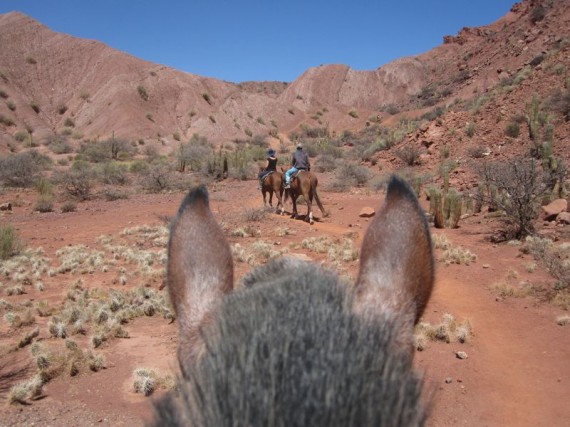
Horse riding in Tupiza, Bolivia
Iguazú Falls – Argentina/Brazil

Devil's Throat, Iguazu Falls
Although we can often be
disappointed by big tourist attractions,
Iguazú Falls, one of the world’s largest waterfalls, lived up to expectations. Getting up close to such a thunderous volume of water is an incredible sight. We spent a few days exploring both the Brazilian and Argentine sides and taking a
full moon walk to Devil´s Throat on Argentina’s bicentenary.
Couchsurfing in Small Town Paraguay
Most travellers don’t bother to visit Paraguay, which is part of the attraction – it’s not often that you get the feeling of having a country to yourselves. We enjoyed the
Jesuit ruins at Trinidad but Paraguay isn’t about must-see sights or activities and we had our best experience in the small town of San Juan
couchsurfing with a Peace Corp volunteer. Our host introduced us to locals and took us to some crazy events like Fire Ball (football with a flaming ball) and a cowboy festival that turned into a rave.
Road Tripping in Northwest Argentina
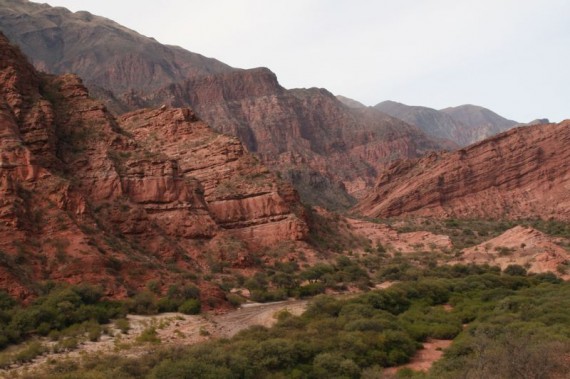
Quebrada de Cafayate
Our best experience in Argentina was
renting a car to explore the area around
Salta. We loved the red rock canyons, giant cacti, vineyards of Cafayate, multi-hued mountains and pre-Incan ruins. Having the freedom of a car to explore the quiet roads past dusty villages and gauchos on their horses was an added bonus.
Bolivia’s Southwest Circuit and Salt Flats
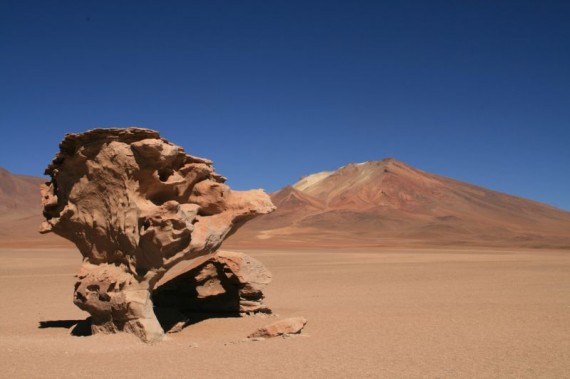
Arbol de Piedra
When people ask us where our favourite place in South America is we say Bolivia. Argentina was a highlight as well, but Bolivia is unique and we had many incredible experiences there. Our
jeep trip through the southwest from Tupiza to Uyuni was the most mind blowing – we spent four days at a dizzying altitude of between 4000-5000 metres passing deserts, colourful lakes, volcanoes, flamingos, llamas and
giant salt flats.
Sucre – Bolivia
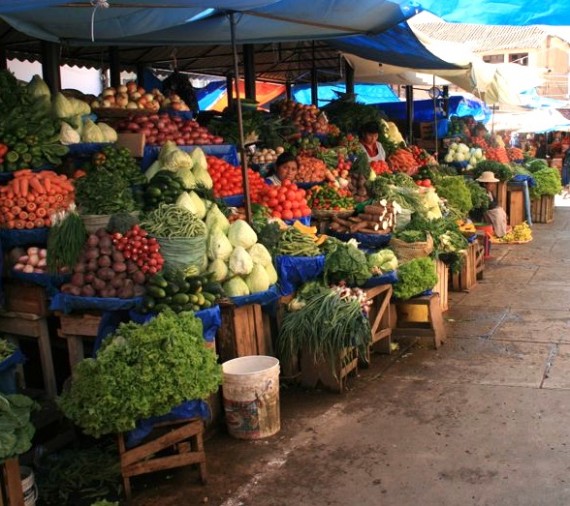
Mercado Central, Sucre
Sucre is probably the most liveable city in Bolivia. We fell for the sunny climate, white colonial buildings, cobbled streets, vibrant market and friendly people. It’s my top pick for
Spanish classes too.
Playing With Monkeys in Samaipata – Bolivia
In the chilled mountain town of Samaipata we visited a small wildlife refuge and discovered that
monkeys love Simon. He ended up with one on his head and another leading him around the garden!
Spotting Wildlife in the Amazon – Bolivia
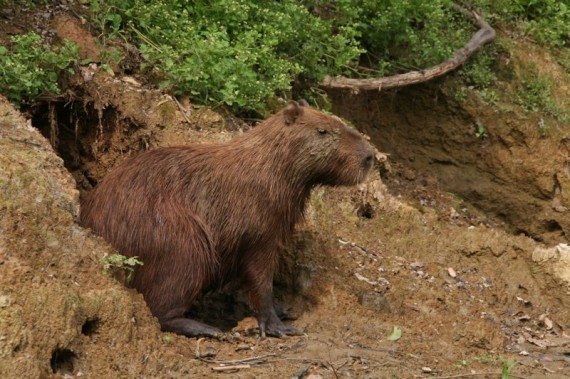
Capybara
Our
pampas trip in the Bolivian Amazon region had its ups and downs but it’s hard to complain when you are canoeing so close to hundreds of alligators, capybara, turtles and squirrel monkeys.
Cusco – Peru
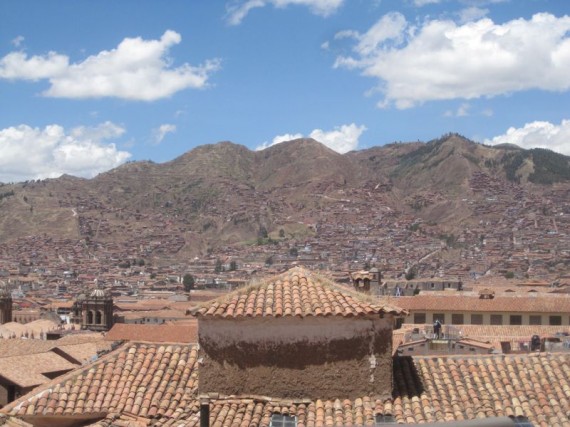
View from our hotel in San Blas, Cusco
Cusco is the most touristy place in South America and the only place we saw tour groups in shiny buses, but the ancient Incan city is gorgeous and it’s easy to escape the crowds by wandering aimlessly. It’s also the launching point for a visit to
Machu Picchu, which we enjoyed despite feeling it was
overrated and overpriced.
Circuito Magico del Agua, Lima – Peru
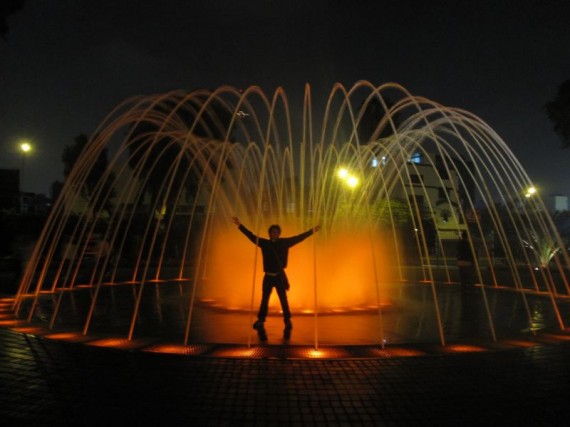
Fountain at Circuito Magico del Agua
Most people don’t like Lima but for us it was worth visiting just for the wonderful vegetarian restaurant
Alma Zen and the
Circuito Magico del Agua (Magic Circuit of Water). It’s a park full of many different
water fountains that’s only open at night to take advantage of the colourful light displays. It’s a fun and unique night out.
Volunteering in Rural Peru
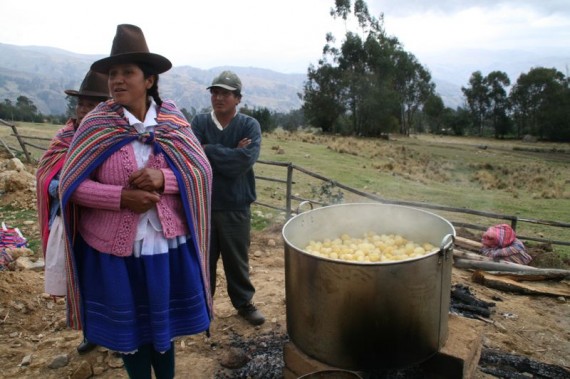
Quechua woman cooking up a vat of potatoes at a community event
Simon’s 30th birthday treat was staying at a comfortable
mountain lodge far away from it all in the Peruvian Andes near Huaraz. After a few days reading by the fire, enjoying glacier views and horse riding, we came to an agreement with the owner and exchanged creating a website for their NGO for accommodation and food - we ended up staying for nearly three weeks. It was an interesting experience to stay in a
rural Quechua community with no cars, helping out at the local school and attending a
community event complete with 50 cooked guinea pigs (we didn’t partake!).
Tropical Fruit
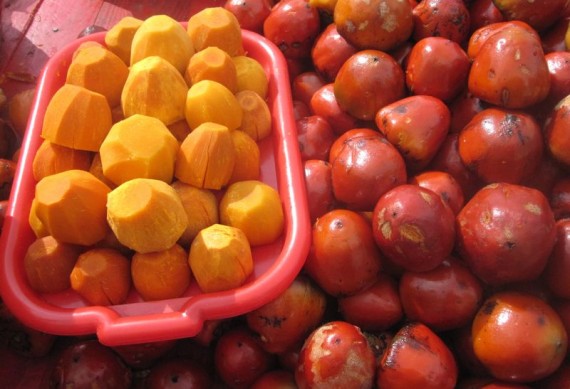
Weird chontaduro fruit, Colombia
I enjoyed açai juice in Brazil and fresh orange juice from street carts in Bolivia but nowhere beats
Colombia for tropical fruit. The range is incredible and I made it my mission to try as many weird fruits I had never heard of as possible (guide coming soon). Best of all fresh juices are varied and very affordable and you can buy pre-cut mango, pineapple or watermelon for just 1000 pesos ($0.50) on streets everywhere.
Jardín – Colombia
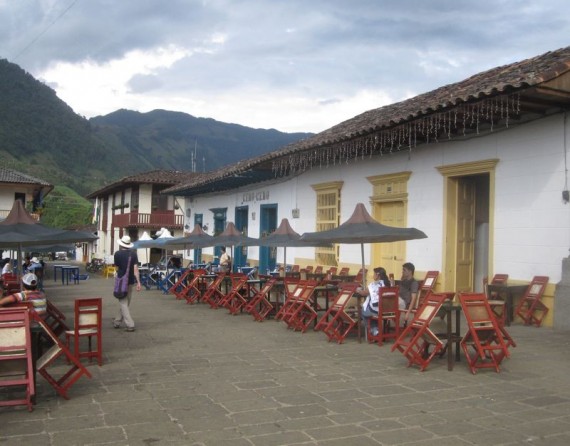
Cafes line Jardin's plaza
We didn’t explore Colombia as much as we had planned after spending two months in Medellin, but our first stop was an excellent choice. You won’t find
Jardín in the guidebooks, which is part of its charm as we were the only gringos in town. There are many pretty villages to explore in the coffee region near Medellin, but we chose Jardín for the chance to horse ride to La Cueva del Esplendor – a waterfall within a cave. Mostly we just loved chilling in the town’s colourful plaza and people watching.
Meeting Other Travel Bloggers
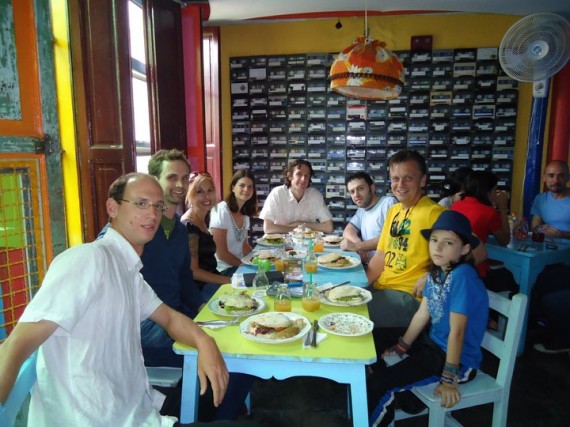
Bloggers lunch in Medellin. Left to right: Roman, Scott Kobewka, Lainie of Raising Miro, Us, Yev the Maverick Traveler, Go Big Mike, Miro



